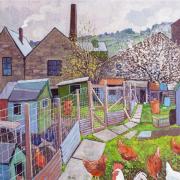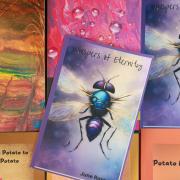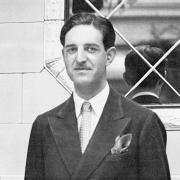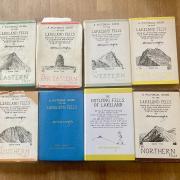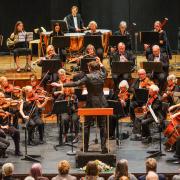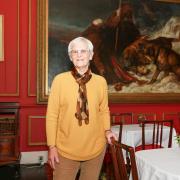Our resident historian, Dr Derek J. Ripley, traces the origins of a small but quite bonkers sect of immigrants
As the most beautiful and fertile part of Britain blessed with a temperate climate, excellent beaches and good transport networks, Lancashire has been settled by diverse peoples for hundreds of years.
Our fair county is a delicious hotpot of Celts Britons, Romans, Saxons, Irish and Scandinavians served up with some crusty bread and pickled red cabbage
One group long forgotten is the Dutch community in Lancashire since the 16th century when many Protestants fled Europe in search of freedom of speech and religion but above all the freedom to grow tulips and build windmills.
Arriving at Hull from the Hook of Holland, they made their way across Yorkshire in covered wagons, fighting off attacks from hostile natives, heading for Liverpool where they would board a ship to take them to a better life in the New World. America had only recently been discovered and was enticing immigrants with the promise of a generous relocation package and a buy one get one free pizza.
Many, however, stayed in Lancashire, particularly those who had run out of money. But there was another, more important reason why many of them they stayed. They believed that one of the lost tribes of Israel had settled in Lancashire and cited as evidence the many Biblical place names such as Jericho, Moses Gate and Skelmersdale. They were an industrious and abstemious people who believed in simple living, wearing plain dress, and shared a reluctance to adopt many of the conveniences of modern technology such as cutlery, outside toilets and double entry bookkeeping.
There were quite literally dozens of sects some of which consisted of no more than one or two people but were all instantly recognizable by their clogs, pipes and caps. The men folk dressed in a similar fashion but often wore black hats and long beards.
The First Farnworth Anglo-Dutch Christian Hebrew Brethren would rise every morning at 2am, take a cold bath then go back to bed. They would rise again at 4am and after a breakfast of bread and dripping, go back to bed. At 6am, they would have another cold bath and work non-stop for 16 hours. At 10pm they would eat a simple supper of bread and dripping before taking a cold bath and retiring.
Other sects included the Ammonites, consisting of Mr and Mrs Hans Poepjes, a Bolton miniature windmill maker and his wife who worshipped fossils; the Mennintites, a male-only sect led by Robin van Hooijdonk, noted for their distinctive hosiery; the Stalactites, Mr and Mrs Willem van de Kloot, who slept hanging upside down from the ceiling and the Stalagmites, who were opposed to the Stalactites.
The most radical sect dismissed anything invented in the last 2,000 years as new fangled and lived in Dog Holes caves near Carnforth on a diet of leaves and twigs.
Clogs are sadly no longer fashionable in Lancashire, particularly the high-heeled clog which was the footwear of choice of mill girls on a Saturday night out. But next time you travel this fairest of counties, look around you and you will see evidence that this once thriving community actually existed - a popular brand of meat pies, the Little Amsterdam district of Wigan, place names such as Upholland and, of course, the windmill at Lytham,




